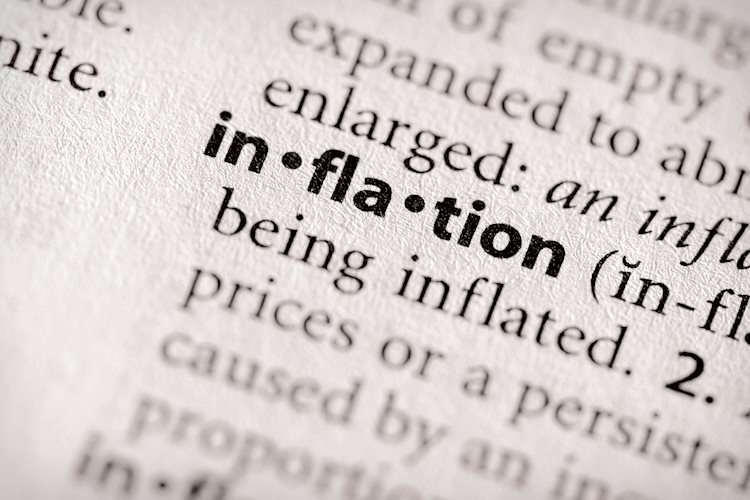The US Dollar Index edges higher, influenced by solid US economic indicators and investor caution ahead of key GDP report.
Despite a strong Q1 inflation report suggesting robust Australian economic activity, expectations for an RBA rate cut linger among analysts.
The Aussie Dollar finished Wednesday’s session with decent gains of 0.15% against the US Dollar, yet it retreated from weekly highs of 0.6529, which it hit after a hotter-than-expected inflation report. Economic data from the United States (US) boosted the Greenback, which, according to the US Dollar Index (DXY), gained 0.13%, up to 105.82. As the Asian session begins, the AUD/USD trades at 0.6495. down 0.02%.
Wall Street was mixed on Wednesday after META reported earnings, which were better than expected but weighed on the US equity markets. Investors remain cautious ahead of the release of the US Gross Domestic Product (GDP) report on Thursday, which is expected to show the largest economy in the world grew 2.5% QoQ in the first quarter this year. At the same time, Initial Jobless Claims are expected to increase from 212K to 214K.
Aside from this, past data revealed on Wednesday suggested the US economy remains solid. Mach’s Durable Goods Orders increased 2.6% MoM, up from a 0.7% rise previously and surpassing 2.5% estimates. Core goods, which excluded transportation, increased by 0.2% MoM, an improvement over February’s 0.1% increase but falling short of the 0.3% projected.
On Wednesday, during the Asian session, Australia’s Bureau of Statistics (ABS) revealed that inflation for Q1 2024 exceeded estimates by far of 0.6%, increasing QoQ by 1%. Annually based, the Consumer Price Index (CPI) expanded 3.6% YoY, down from 4.1% but above projections of 3.4%.
Traders sent the AUD/USD rallying above 0.6500 as they priced out a rate cut by the Reserve Bank of Australia (RBA) in 2024. Despite this red-hot report, ANZ Bank analysts expect the RBA to cut rates in November.
They added, “We think the RBA will want to see a couple of quarters of lower non-tradables and services inflation to be convinced that overall inflation will not only return to the 2–3% target band but remain there.”
Given the fundamental backdrop, the AUD/USD rallied toward the confluence of the 200 and 50-day moving averages (DMAs), though buyers lacked the strength to pierce that strong resistance level at 0.6526/32, retreating sharply back below the 0.6500 mark. That said, if the pair drops below the April 24 low of 0.6483, the AUD/USD could dive toward the February 13 low at 0.6442. Once cleared, up next would be 0.6400.
Share:
Feed news
Information on these pages contains forward-looking statements that involve risks and uncertainties. Markets and instruments profiled on this page are for informational purposes only and should not in any way come across as a recommendation to buy or sell in these assets. You should do your own thorough research before making any investment decisions. FXStreet does not in any way guarantee that this information is free from mistakes, errors, or material misstatements. It also does not guarantee that this information is of a timely nature. Investing in Open Markets involves a great deal of risk, including the loss of all or a portion of your investment, as well as emotional distress. All risks, losses and costs associated with investing, including total loss of principal, are your responsibility. The views and opinions expressed in this article are those of the authors and do not necessarily reflect the official policy or position of FXStreet nor its advertisers. The author will not be held responsible for information that is found at the end of links posted on this page.
If not otherwise explicitly mentioned in the body of the article, at the time of writing, the author has no position in any stock mentioned in this article and no business relationship with any company mentioned. The author has not received compensation for writing this article, other than from FXStreet.
FXStreet and the author do not provide personalized recommendations. The author makes no representations as to the accuracy, completeness, or suitability of this information. FXStreet and the author will not be liable for any errors, omissions or any losses, injuries or damages arising from this information and its display or use. Errors and omissions excepted.
The author and FXStreet are not registered investment advisors and nothing in this article is intended to be investment advice.





